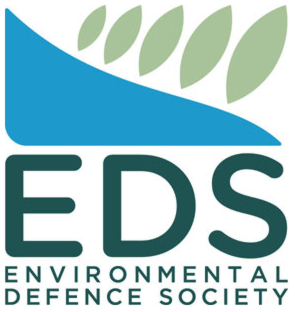Beacon Registrations Hit Record High
Beacon registrations hit record high
A year on from the decommissioning of the 121.5 Megahertz (MHz) emergency distress beacon network, 7,751 new beacon registrations show people have ‘made the switch’ to the new 406MHz beacon network.
On 1 February 2009 the global satellite system previously used to detect all 121.5MHz distress beacon alerts was switched off, ending the hundreds of false alarms received annually by the Rescue Coordination Centre New Zealand (RCCNZ). Prior to their phase-out, 121.5MHz distress beacons were responsible for 93 percent of all false alarms in New Zealand, and 97 percent of false alarms worldwide, often resulting in costly and unnecessary searches by response agencies.
RCCNZ’s Nigel Clifford says the changeover has resulted in a greatly reduced number of false alerts – with the beacon registration database allowing RCCNZ to contact a beacon’s owner or their emergency contacts to verify their situation – before mounting a potentially costly and unnecessary search.
“The other
thing we are noticing, in addition to the greatly reduced
number of false beacon alerts, is a much quicker general
response time for those who are in trouble and need help,”
Mr Clifford says.
“This is because of the more
accurate positional data provided by the 406mHz type of
beacon, and the ability to link each beacon with a
registered owner and confirm their status – provided their
contact details are up to date – which greatly assists us
in the response. Response times can also be enhanced even
further when the beacon is a model fitted with GPS, which
provides accurate positional information to within about a
120 metre radius.”
However, Mr Clifford cautions against over-reliance on beacons, which are for use in emergencies only. “While there is no question that carrying a beacon could save your life in an emergency, it is no replacement for careful planning and preparation, including carrying the right clothing and equipment, and letting someone know exactly where you’re going and when you’re likely to be back.”
Latest figures on the one year anniversary of the switch show more than 20,000 beacons are registered in New Zealand – with 7,751 registered in the past 12 months.
“In particular, we are noticing more outdoors people buying and using personal locator beacons. These are light, compact and are improving all the time as the technology improves and becomes more readily available. More positive publicity about the safety benefits of carrying a beacon is also having an impact.”
However, Nigel says a downside of the beacon switch has been some people incorrectly disposing of their old 121.5 MHz beacons, which can still be picked up by passing aircraft, generating a number of wasteful searches.
“If people have an old 121.5MHz beacon they wish to dispose of, it’s vital that the battery is disconnected so its signal cannot be accidentally transmitted and picked up by passing aircraft. If people are unsure how to dispose of their beacon, they can take it to a local beacon retailer, Police station, Coastguard unit or call us at RCCNZ on 0800 406 111 for assistance.”
ENDS


 Tātaki Auckland Unlimited: Iconic Auckland Eats 2025 Top 100 Dishes Revealed After Record Number Of Nominations
Tātaki Auckland Unlimited: Iconic Auckland Eats 2025 Top 100 Dishes Revealed After Record Number Of Nominations Hugh Grant: What Is Cloud Migration And How Does It Work
Hugh Grant: What Is Cloud Migration And How Does It Work Property Council New Zealand: Hiwa Recreation Centre Takes Top Award At 2025 Property Industry Awards
Property Council New Zealand: Hiwa Recreation Centre Takes Top Award At 2025 Property Industry Awards Great Journeys New Zealand: Scenic Plus Winter Menu Launched
Great Journeys New Zealand: Scenic Plus Winter Menu Launched Tourism New Zealand: Tourism New Zealand Invites The World To Find Their 100% Pure New Zealand In New Global Campaign
Tourism New Zealand: Tourism New Zealand Invites The World To Find Their 100% Pure New Zealand In New Global Campaign Bill Bennett: Comcom warns 2degrees over satellite marketing
Bill Bennett: Comcom warns 2degrees over satellite marketing


